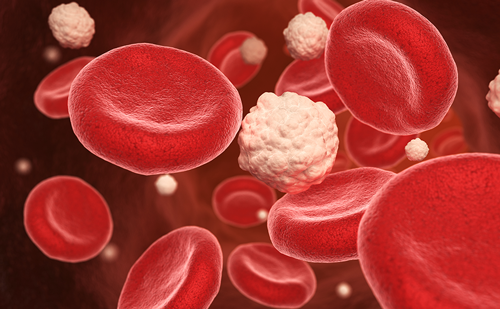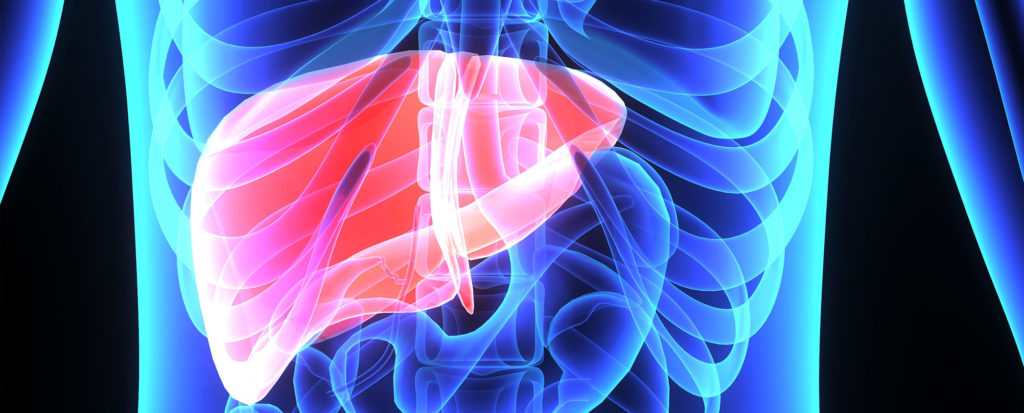A search of PubMed shows that in 1960, the year I was born, there were 110 publications on obesity. In 1991, the year I graduated from Mayo Medical School, the number had risen to 406 publications. By contrast, in 2015 there were 5470 publications on obesity. The last quarter of a century has led to the recognition of a world-wide epidemic of overweight and obesity, with a rise in all their complications.1–3 And with this recognition came the need to understand the underlying physiology and pathophysiology, and the eventual development of therapeutic interventions.4–6
It is now clear that the accretion of adipose tissue (adiposity) leads to physical complications (i.e. sleep apnea, gastroesophageal reflux disease, degenerative osteoarthritis, and dermopathy). It is also universally recognized that adipose tissue is not just an energy storage organ. Rather, adipose tissue is an endocrine organ which actively makes and responds to hormones. As such, adipose tissue is a major contributor to energy homeostasis.
An emerging concept is that derangements of adipose tissue function contribute to the genesis of metabolic diseases (i.e. diabetes, hypertension, dyslipidemia, cardiovascular disease). My colleague, Harold Bays, introduced the concept of adiposopathy (sick fat) into the medical literature.7,8 Adiposopathy defines the anatomic and functional changes that lead to adipose tissue dysfunction, and thus contribute to metabolic diseases. Adiposopathy is anatomically manifested by adipocyte hypertrophy, visceral adiposity (best measured by the waist circumference), growth of adipose tissue beyond its vascular supply, increased number of adipose tissue immune cells, and ectopic fat deposition (in other body organs). Functionally, adiposopathy is manifested by impaired adipogenesis, heterogeneous distribution of adipose tissue (i.e. preferential accumulation of intra-abdominal, visceral fat), adipocyte lipolysis in excess of lipogenesis, increased free fatty acids, pathogenic adipose tissue endocrine responses (i.e. hypoadiponectinemia and hyperleptinemia), pathogenic adipose tissue immune responses, and pathogenic crosstalk between adipose tissue and other organs.8–11
Bariatric endocrinology was born from the need to address adipose tissue as an endocrine organ, and to study the role of adiposopathy in the etiology of metabolic diseases. Further, bariatric endocrinology focuses on the development of medical interventions that return adipose tissue normal. Whereas the loss of adipose tissue mass improves the complications of adiposity, the treatment of adiposopathy, independent of fat mass, is now a primary treatment target.12
Surrogate measures of adipose tissue function, including insulin resistance, increased waist circumference, hypertriglyceridemia and low levels of the high density lipoprotein cholesterol (the elements of the dysmetabolic syndrome) are giving way to direct measures. The measurements of leptin and adiponectin, and their ratio, trended over time, reflect adipose tissue health. Leptin levels rise with increasing fat mass, whereas a drop in adiponectin indicates a decline in function of adipose tissue. A widening ratio of leptin to adiponectin over time documents a deterioration of adipose tissue health (worsening adiposopathy). On the other hand, narrowing of the ratio indicates improvement in adipose tissue health. Although the assays for these hormones are available now, they are not standardized, and most physicians are not fluent in their use. In addition, direct measurements of visceral adipose tissue (i.e. with dual energy X-ray absorptiometry), make quantitation of regional fat distribution possible.
Obesity is a chronic, genetically programmed disease. The environment in which we live, referred to as an obesogenic environment, certainly plays a major permissive role in the expression of the many genes that lead to the accumulation of fat mass. As with any other chronic disease, obesity may be treated, managed, controlled, and even put into remission. But it cannot be cured. Patients need to understand this premise, because the treatment of obesity is life-long. The implementation of models of chronic disease management for the treatment of obesity provides the appropriate framework for success. Thus, obesity treatment should include all available treatment modalities, from lifestyle changes that include better nutrition and more physical activity (NOT diet and exercise), to pharmacotherapy, to the use of devices, and surgery for weight loss.13–16
Under the leadership of Bob Kushner, the American Board of Obesity Medicine was established in 2011 “to serve the public and the field of obesity medicine through the establishment and maintenance of criteria and procedures for examination and certification of candidate physicians who seek recognition of their accomplishments in obesity medicine”.17 Organizations which have dealt with obesity as a disease—including The Obesity Society (TOS), formerly the North American Association for the Study of Obesity (NAASO); the American Society of Bariatric Physicians (ASBP), now the Obesity Medical Association (OMA); and the American Society for Bariatric and Metabolic Surgery (ASBMS), formerly the American Society for Bariatric Surgery (ASBS)—have been joined by many specialty societies to address obesity care.
The fruitful partnerships of physicians and pharmaceutical and biotechnology companies, recognized by the Association of Clinical Researchers and Educators (ACRE) as a healthy working relationship that advances medicine,18 has brought to the market newer and safer treatment options for obesity. There are currently five US Food and Drug Administration (FDA) approved medications for the treatment of obesity as a chronic disease. More compounds are in clinical trials. In addition, procedures such as vagal blockade and intra-gastric balloon placement, are already available for selected patients.19,20 Bariatric surgery has been refined, with most procedures now being done laparoscopically.
The single major obstacle to the effective implementation of obesity treatment programs is a lack of coverage. Both in the US and abroad, payment for obesity care is mostly excluded from coverage. It starts with federal institutions, carries through to state programs, and is mirrored by most private insurance. Despite recognition of the economic costs of obesity now, and the cost savings of treating it over time, patients do not have access to necessary medical care. It will take legislation to change antiquated federal agency rules before real progress can be made. The widespread implementation of obesity treatments will readily follow these political and economic changes.
For now, it is exciting to me that a new generation of physicians is learning about overweight, obesity, and adiposopathy as diseases that can and should be diagnosed and treated. Obesity medicine has come of age, and bariatric endocrinology is here and growing!














